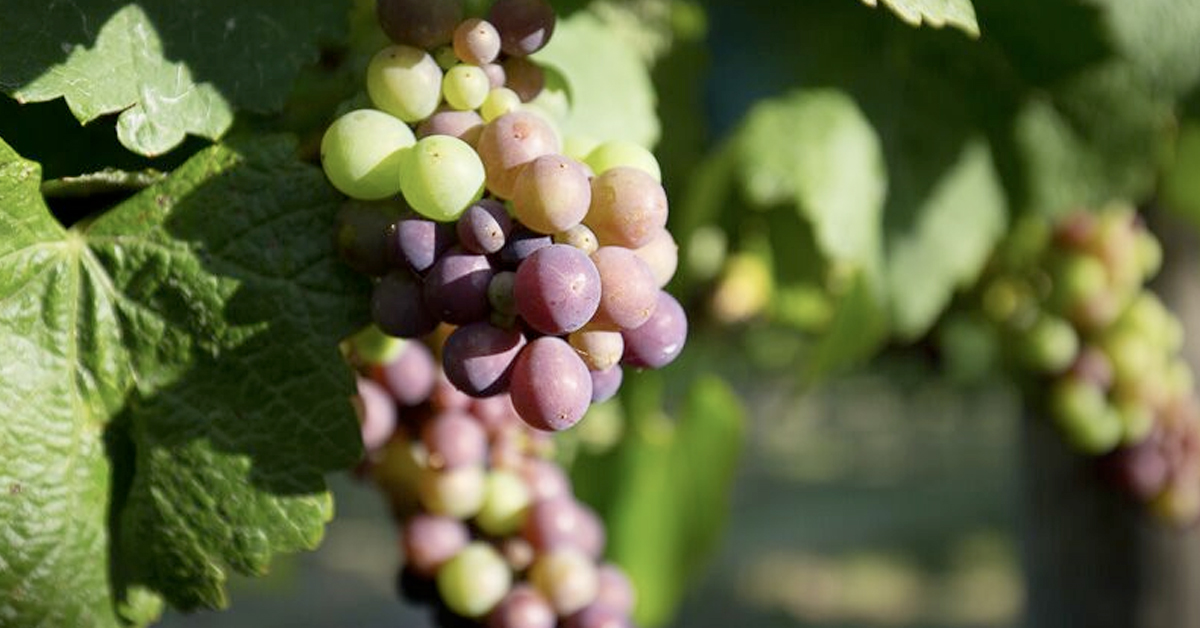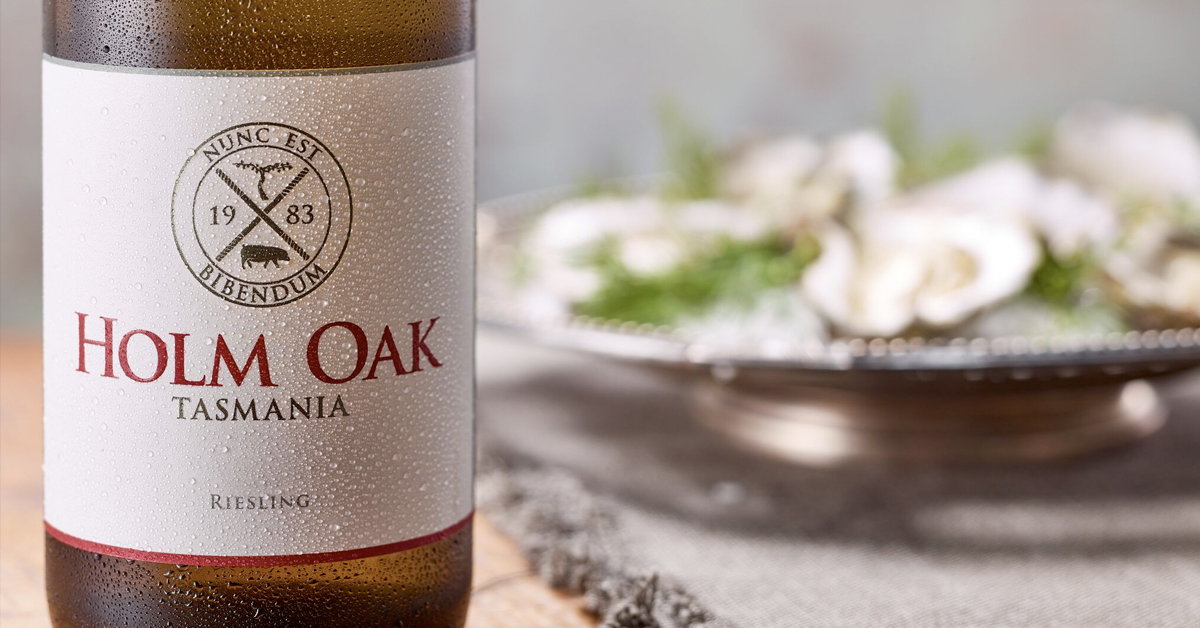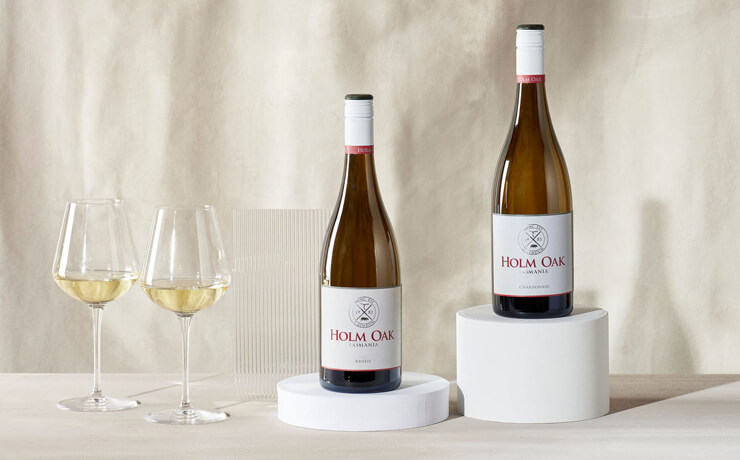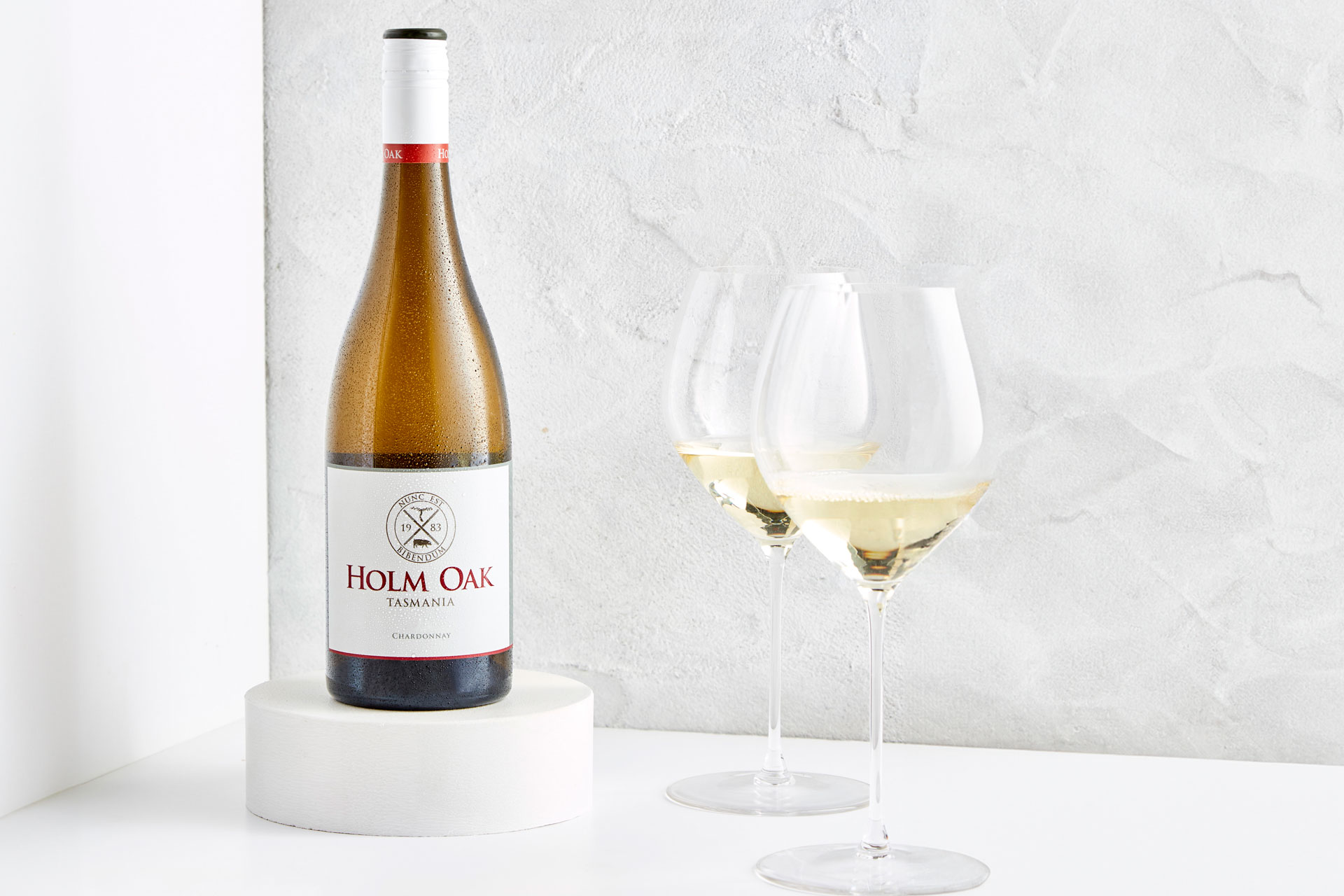What is an Aromatic White Wine?
Aromatic white wines promise an enchanting sensory experience with their captivating perfumes and alluring descriptors. Curious about what ‘aromatic’ means in the world of wine? Let us demystify this wine term for you by exploring some of the most popular varieties.
When is a wine classed as aromatic?
When there is a dominant floral aroma to the wine, we call this aromatic. Have you ever tried a Gewürztraminer? The rose on the nose is reminiscent of Turkish Delight covered in sugar dust. Similarly, some Riesling smells like jasmine on a summer’s day, while Pinot Gris can display sweet honeysuckle florals. The aromas are so pronounced they can often transport you to a time and place.
These wines, and more (Moscato, Albarino, Viognier) are classed as aromatic and are the type of wines you could sniff and swirl all day. The aromas just keep coming as the wine opens in the glass – delicious before you’ve even tasted it.
What makes these grape varieties more aromatic?
The same chemical compound found in some flowers is also found in these grape varieties. A group of compounds called terpenes are the reason roses smell so sweet. Terpenes are organic compounds produced by plants and some animals and insects. More broadly they are hydrocarbons (C5H8)n found most often in essential oils, resins and balsams. They produce aroma and flavours. In grapes, terpenes are bound to a sugar molecule and don’t have an aroma. During the fermentation process this bond is broken, which contributes to the aroma of the wine.
There are also winemaking techniques which can be used to enhance the aromatic characters of wine. For example, our current release Pinot Gris was wild fermented using an aromatic yeast strain to enhance the aromas.
When you wander through our Wine Sensory Garden surrounding our Tamar Valley Cellar Door a lot of these aromatic characters that we describe will come to life making a very tactile connection.
Is aromatic wine sweet?
Yes and no. Aromatic wine can be sweet, especially Moscato, Gewürztraminer and Pinot Gris, particularly from the Alsace region of France. However, Riesling can be dry or sweet, depending on when the fermentation is stopped in the winemaking process. If the fermentation is stopped before all the sugar has been converted to alcohol, then the wine will be sweet.
Australian cool-climate riesling, like ours, is normally dry with floral aromas, lemon and lime on the nose and palate, and singing with acidity. Our Pinot Gris is also a dry style.
What food pairs well with aromatic wines?
These wines can really differ in flavour intensity, so there’s no broad-brush answer to this. An intensely aromatic wine like a Gewürztraminer can be a great partner to spicy food, but with a lighter aromatic wine serve with milder flavours.
Our 2023 Riesling has jasmine flower aromas with lime leaf and Granny Smith apple characters. It’s crisp and fresh and pairs brilliantly with seafood by the ocean.
The new release 2023 Pinot Gris is floral on the nose with pear characters. It’s softer on the palate than our Riesling, with less acidity and a creamy texture. Serve at lunchtime with a salad or a light chicken dish. It would also match well with this asparagus risotto.
As the sun begins to shine brighter and the days grow longer, there’s no better time to explore our aromatic white wines. Our wines are all made with care from cool-climate Tasmanian fruit, from the pristine Tamar Valley.




